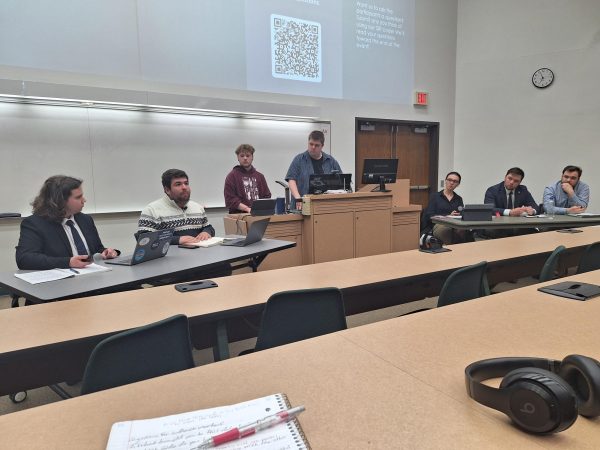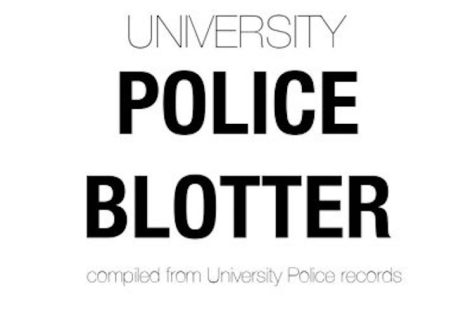Vaping vilified
Research team in nursing seeks to educate educators about vaping
Photo by Miles Plueger
“Preventing the use of nicotine is a huge way we can improve public health and help people live healthier, longer lives,” Boehm said.
“We want to empower people who work with youth to be able to have a good understanding of vaping,” Lindsey Boehm, a fourth-year nursing student, said.
Boehm is part of a research fellowship that has been working to “educate the educators” about the dangers of vaping. The fellowship, Boehm said, is targeted at educators of middle and high school students in Wisconsin.
While Boehm played a role in the project, it didn’t start with her, Lorraine Smith, an assistant professor in nursing at UW-Eau Claire, said.
Their research project, titled “Implementing an Educational Initiative on Electronic Cigarettes and Vaping: A Nurse Led Intervention,” was started by late UW-Eau Claire professor Diane Marcyjanik, Smith said.
Marcyjanik was awarded two Gritzmacher Fellowships in 2019. The fellowships through the College of Arts and Sciences are aimed at bringing education to community youth, Smith said.
When she joined the fellowship in 2019, Boehm said she traveled to several school districts, helped put together a presentation for school staff and tested them on their knowledge about vaping. This included the health effects of vaping as well as its prevalence in Wisconsin.
The data they collected from these tests is something they hope to have published in a peer reviewed journal for the scientific community to see, Smith said.
“I think that it’s important for people to understand the harmful health effects and the vulnerability of the youth that have really been exploited,” Smith said.
Smith said companies have glamorized vaping in their advertising and have taken advantage of the vulnerability of young people.
Advertisements are generally targeted toward young people, Boehm said, and also show things like sex appeal, freedom and rebellion — all things young people can relate to.
Additionally, having a younger customer base allows them to get people addicted at a young age and potentially use their products for life.
“They are using the same tactics that they used to hook young people to cigarettes,” Boehm said.
The appeal to younger audiences has led them astray from the harsh effects of vaping, Boehm said. Many believe vaping is less harmful than smoking because it contains less or different chemicals.
Smith said smoking and vaping are equally as bad and Wisconsin is lagging behind on implementing federal legislation that would increase the purchasing age to 21.
“I think it’s important that Wisconsin catch up to federal law,” Smith said.
Before the Surgeon General declared smoking a cause of cancer in the 1970s, there was not enough data to prove the long-term effects of smoking, Boehm said.
By that point, Boehm said, about 30% of Americans were smoking. In 2019, 20.6% of students said they have vaped in the past 30 days according to the Wisconsin Department of Public Instruction. They also were 10 times more likely to have used marijuana in the past 30 days than non-vaping peers.
We are in the same situation with vaping because it’s new, Boehm said. There has not been enough time to determine its long-term effects.
One of the major concerns is nicotine, Boehm said.
“It increases heart rate and blood pressure and addiction can have an effect on developing brains,” Boehm said.
Boehm said these issues are personal. She has been concerned about these effects on friends she has had in high school and college because of what she’s seen while working in a critical care unit — things like patients coming in for chronic lung conditions or coming out of open heart surgery.
“We need to do what we can as nurses to keep people from getting to that point,” Boehm said.
Plueger can be reached at [email protected].

Miles Plueger is a third-year public relations and marketing student. He spent quarantine teaching himself guitar. He also makes a mean chicken stir fry.











